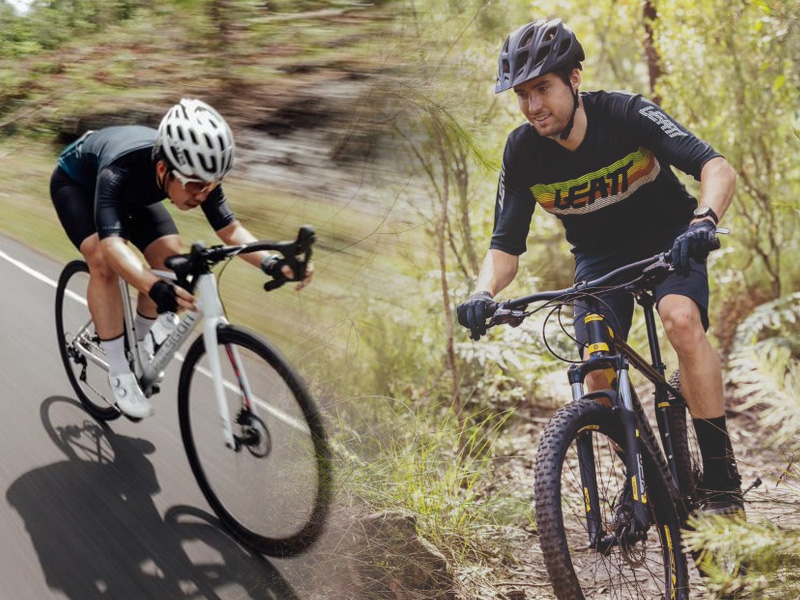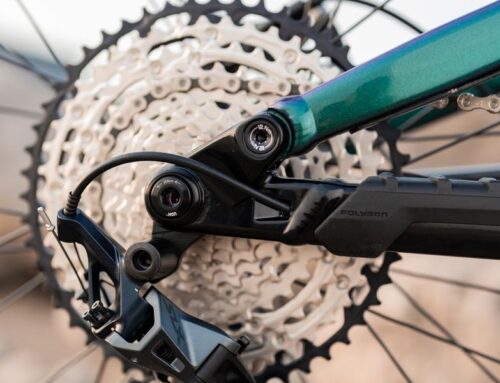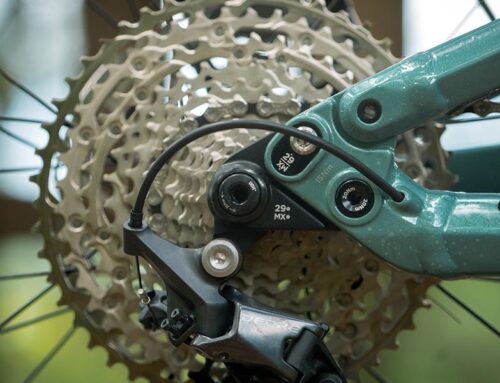Choosing a bicycle is not easy, there are so many choices of bicycles that many people are confused about which bike to choose. With this article, we will help those new to bicycles, those who can only afford one bike, and those who are looking for a new bike but are not sure what to buy. Whether you ride for transportation, to save money, or just for fun, we hope this guide has helped you choose the best bike for your riding style.
To make things easier, first, let’s talk about mountain bikes vs road bikes, the most sought-after bike category nowadays.
What Is Road Bike?

A road bike has a slick tire and curved handlebars. It is suitable for on-road racing because it can perform at high speeds over smooth pavement, but not under off-road conditions. Because of its frame geometry and components, this bike is lighter than any other type – which gives it a distinct advantage. Since it’s aerodynamic, you will be fast on the straightaways and up hills.
What Is Mountain Bike?

Mountain bikes are designed to be used off-road, and they come with shock absorbers or suspensions that make them more comfortable for riders when traveling over very bumpy terrain. Most mountain bikes also have flat handlebars which can provide better control on steep trails.
Based on its number of suspensions, a mountain bike is divided into three sections:
- Rigid: No suspension—for off-roading,
- Hardtail: A front suspension for weight reduction and increased agility
- Full-suspension (usually with more travel distance in the rear): The most luxurious type offering shock absorption.
Purpose of Using Road Bike and Mountain Bike
A look at both road and mountain bikes won’t tell you which is more suited to your needs. But by understanding the purpose of each type, you’ll have a better sense of what kind of bike might work best for you.
A road bike is built for riding on smooth surfaces and long distances. If you are looking to ride an extended amount of time, but want a lightweight option that allows you to sprint or climbs hills easily, the road bike may be the right fit for you!
However, if your riding area is more suited to rocky or muddy trails with varying terrain, a mountain bike would be better. With knobby tires that help maintain traction on rough ground, it’s the perfect tool for tackling tough terrain and staying upright!
Difference between Road Bike and Mountain Bike

Both road bikes and mountain bikes serve different purposes. Road bikes are best for sprinting or long-distance rides on the pavement. While mountain bikes excel in rugged environments such as hills or forests. Mountain bikes are built to handle rugged terrain, such as rocky and muddy singletrack. To clarify, let’s discuss the differences between these two bikes!
Design & Frames
- Mountain bikes have a similar general design to any other bike with a few major differences. The main difference between mountain bikes and road bikes is that the former are built with durability in mind. For example, their frames and wheels tend to be heavier duty than those found on road models. These features make mountain bikes heavier and less aerodynamic than road bikes.
- Road bikes are lightweight and aerodynamic, designed for riding on paved surfaces. The design of road bikes is optimized for speed rather than comfort or durability.
Wheels & Tires
- The main feature that distinguishes a mountain bike from a road bike is the wheels and tires. Modern mountain bikes come with rims measuring 29” or 27.5” in diameter, while older models came with 26″ ones. Mountain bike wheels are generally made with more spokes than road-bike wheels (which usually have 24, instead of 32). The additional spokes make for a stronger and more durable wheel that can withstand bumps, drops, and jumps without bending or breaking.
- Mountain bikes feature knobby, high-volume tires that measure 1.8–2.5”+ in width. These large tires give the bike plenty of traction—the wide surface area spreads out the weight more evenly across rougher terrain, allowing riders to control their speed with ease and confidence even at high speed over uneven terrains like rocks or logs without having to worry about losing balance (or falling off). The softness of these “bumpers” also helps absorb bumps.
- Road bikes have super-skinny tires that measure 23–30 mm in width and are inflated to high pressures of 70–120 psi. These skinny tires, which roll fast on paved surfaces, keep road bikes lightweight while allowing them to maneuver smoothly through turns. Road bike wheels are lighter and have fewer spokes than mountain bikes, which improves aerodynamics. The lower spoke count saves weight and improves the bike’s efficiency.
Handlebars
- Mountain bikes with wide, flat handlebars offer greater leverage for steering and control over the bike. This makes it easier to navigate the terrain with lots of roots, rocks, or other obstacles.
- Most road bikes feature drop handlebars, which offer three distinct hand positions: the tops and hoods for cruising; and drops for aerodynamic efficiency. Drops allow you to crouch down into an aerodynamic position, which reduces wind resistance and makes your ride faster and more efficient. A road bike with multiple hand positions is also available for added comfort on long rides.
Gears
- Mountain bikes have a wider gear range than road bikes—with lower gearing in particular. They are built to tackle hills with their low gears and ensure that riders remain in control with high ones. Most mountain bikes have disc brakes rather than rim brakes because they perform better in wet and dirty conditions.
- On a road bike, most modern road bikes, there are 2 chainrings and 9-12 cassette cogs for a total of 18-24 speeds. The tight gearing in this configuration allows riders to maintain high average speeds with minimal disruption caused by shifting.
After all, the unique point of mountain bikes vs road bikes is that mountain bikes have suspensions. Mountain bikes are available in a variety of styles, with different features and components. The most common types have either front suspension only (called hard-tails) or both front and rear suspension systems built into the frame (full suspension). The suspension system absorbs large bumps from rocks and other obstacles in the trail, so your ride is smoother—and more comfortable. It also helps to reduce vibrations while improving handling and control. There are different types of suspension systems—with varying amounts of travel, available for mountain bikes. Most mountain bikes have between 100 and 200mm (about 4-8 inches) worth of travel.
Conclusion

Based on the information above about Road Bikes vs Mountain Bike, we can tell that a road bike will perform better over smooth terrains while a mountain bike will do better in muddy and rocky terrains. We can see the difference between the components of a road bike and a mountain bike such as handlebars, wheels and tires, frames, etc. By knowing these things you can choose which bike is best for your needs.
You can visit Rodalink Malaysia’s website to get recommendations on the best mountain bike for road use and which bike will suit you best. Rodalink offers the best prices on road bikes, as well as a wide range of other kinds to choose from so you can get your ideal bike at an affordable price. You can also find road bikes and mountain bikes from trusted brands like Polygon Mountain Bike, Marin Mountain Bike, and Polygon Road Bike at Rodalink Malaysia.
Rodalink has a membership program where you can register for free and enjoy discounts at Rodalink stores in Malaysia, Singapore, and Indonesia. Becoming a member of Rodalink will give you access to exclusive deals and events, as well as news about the latest arrivals. Visit Rodalink for easy and affordable shopping.



